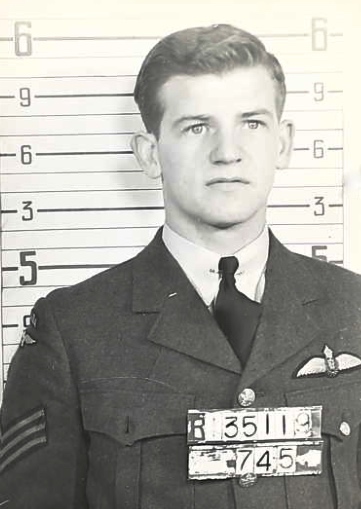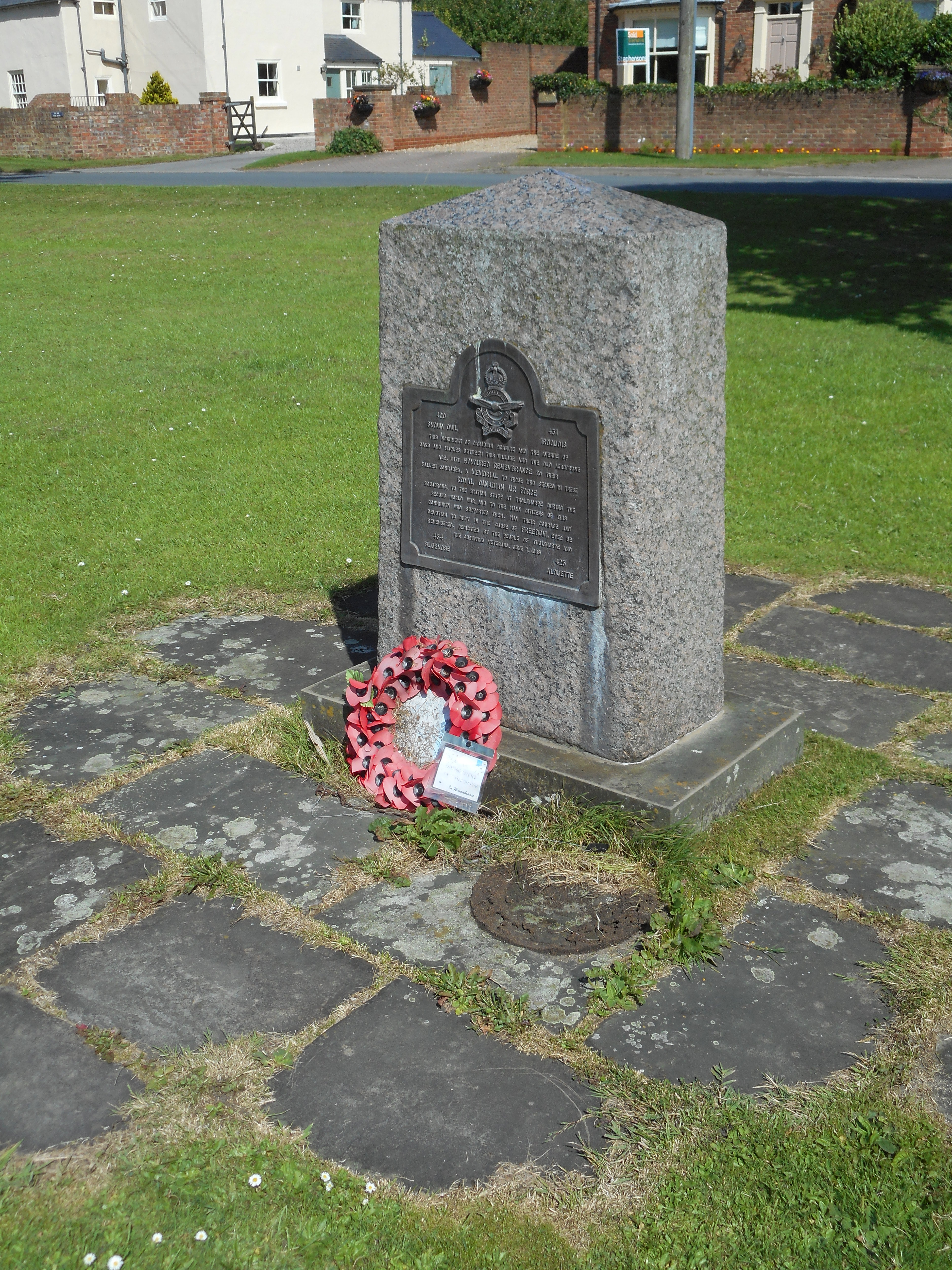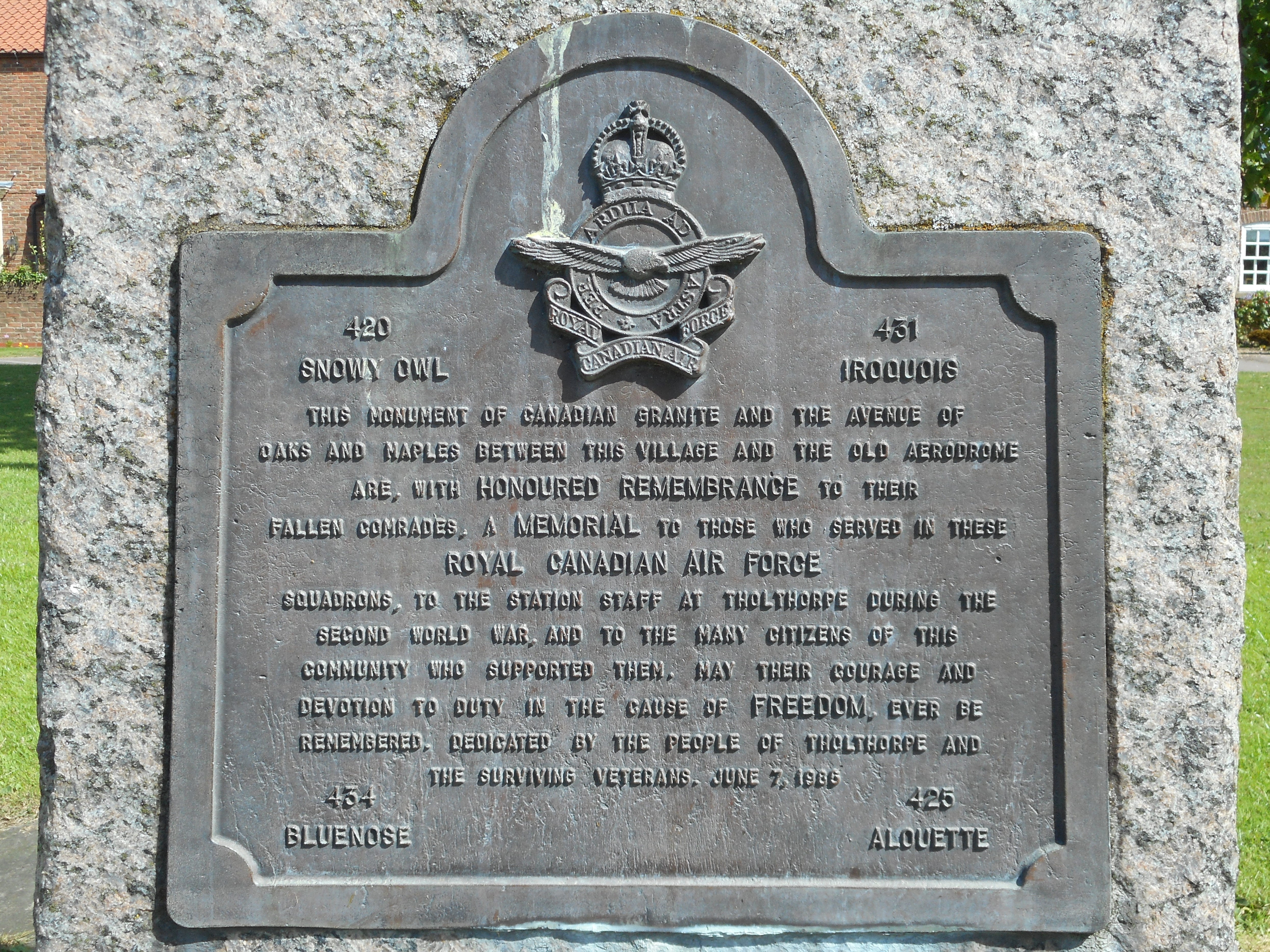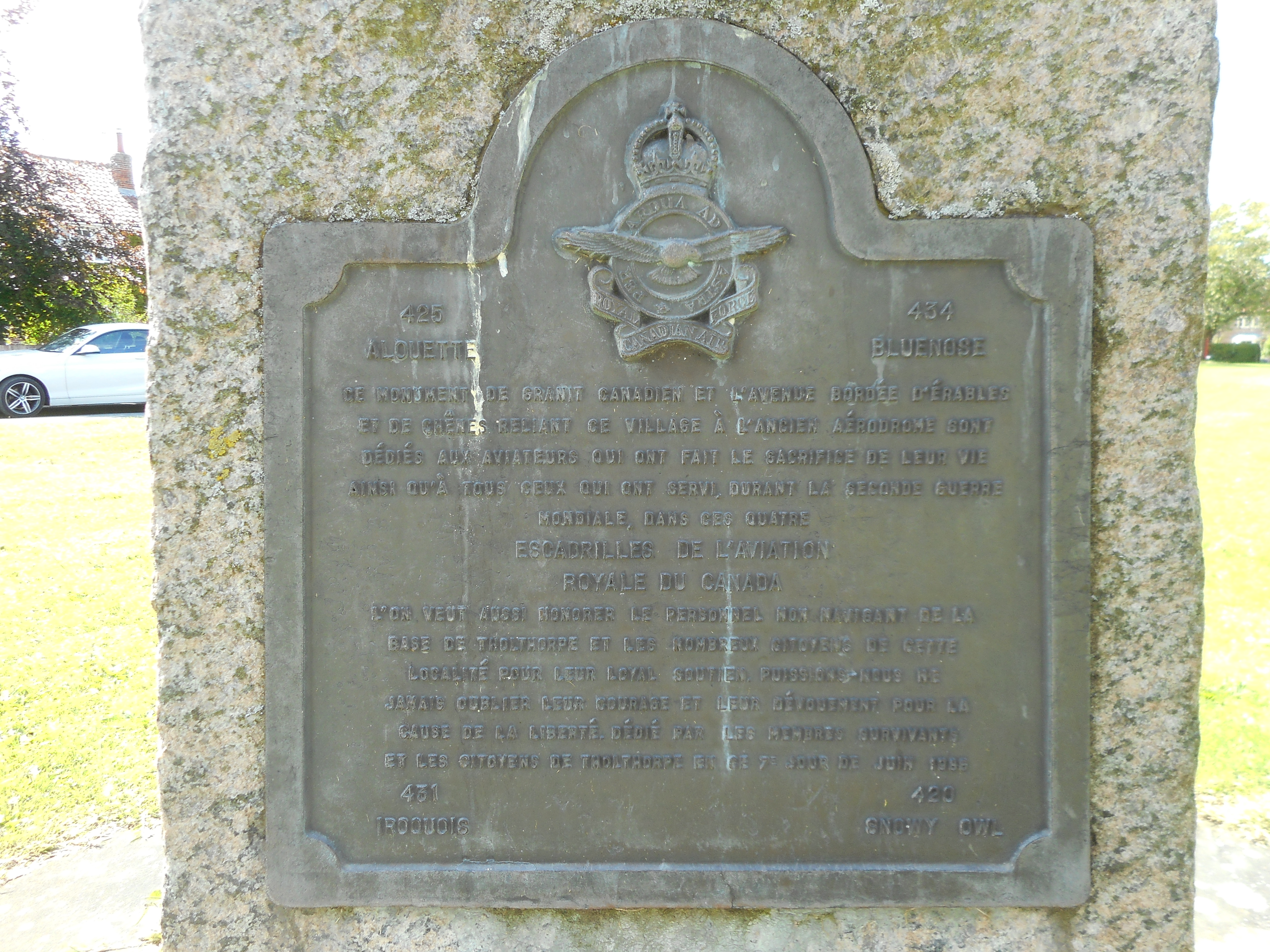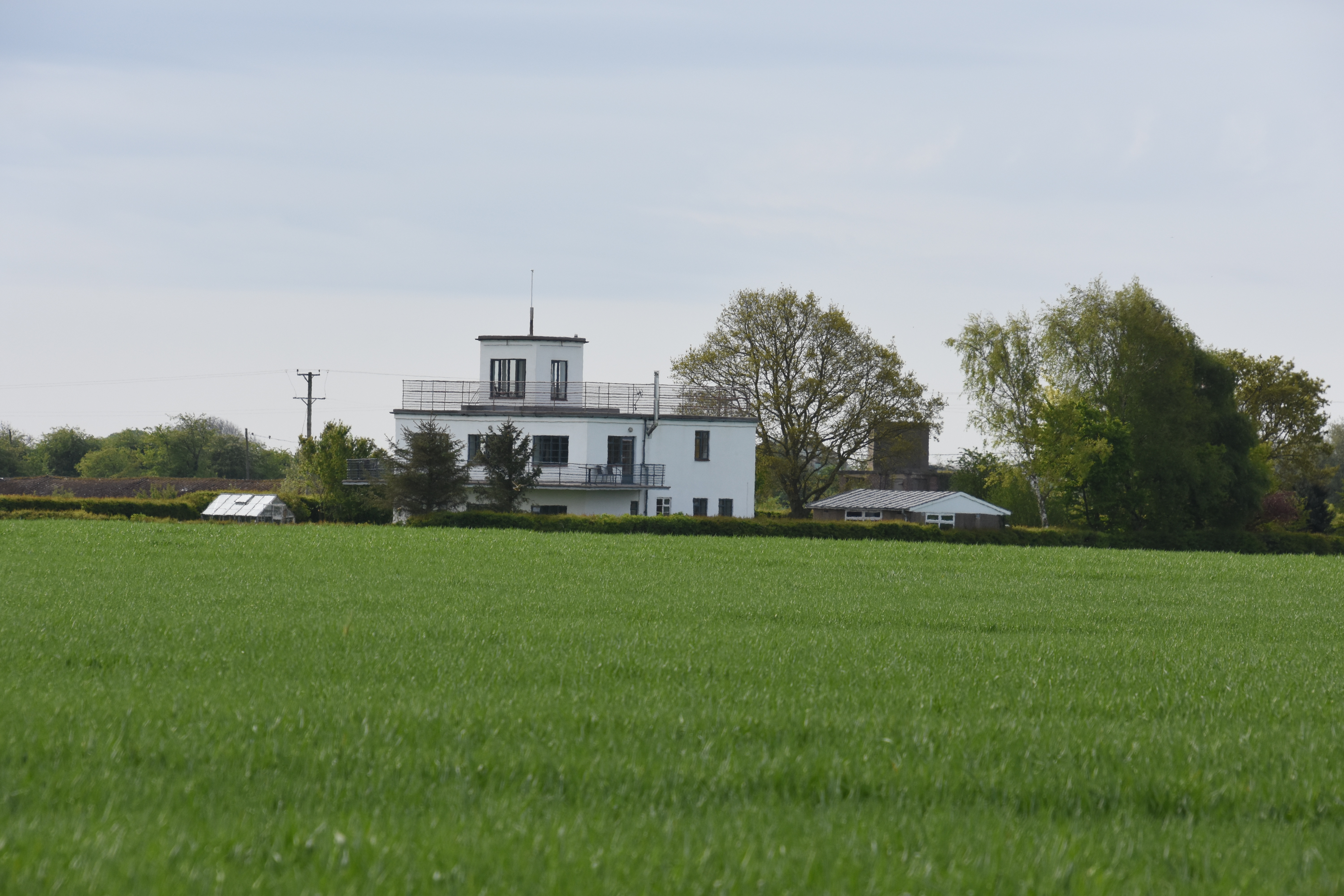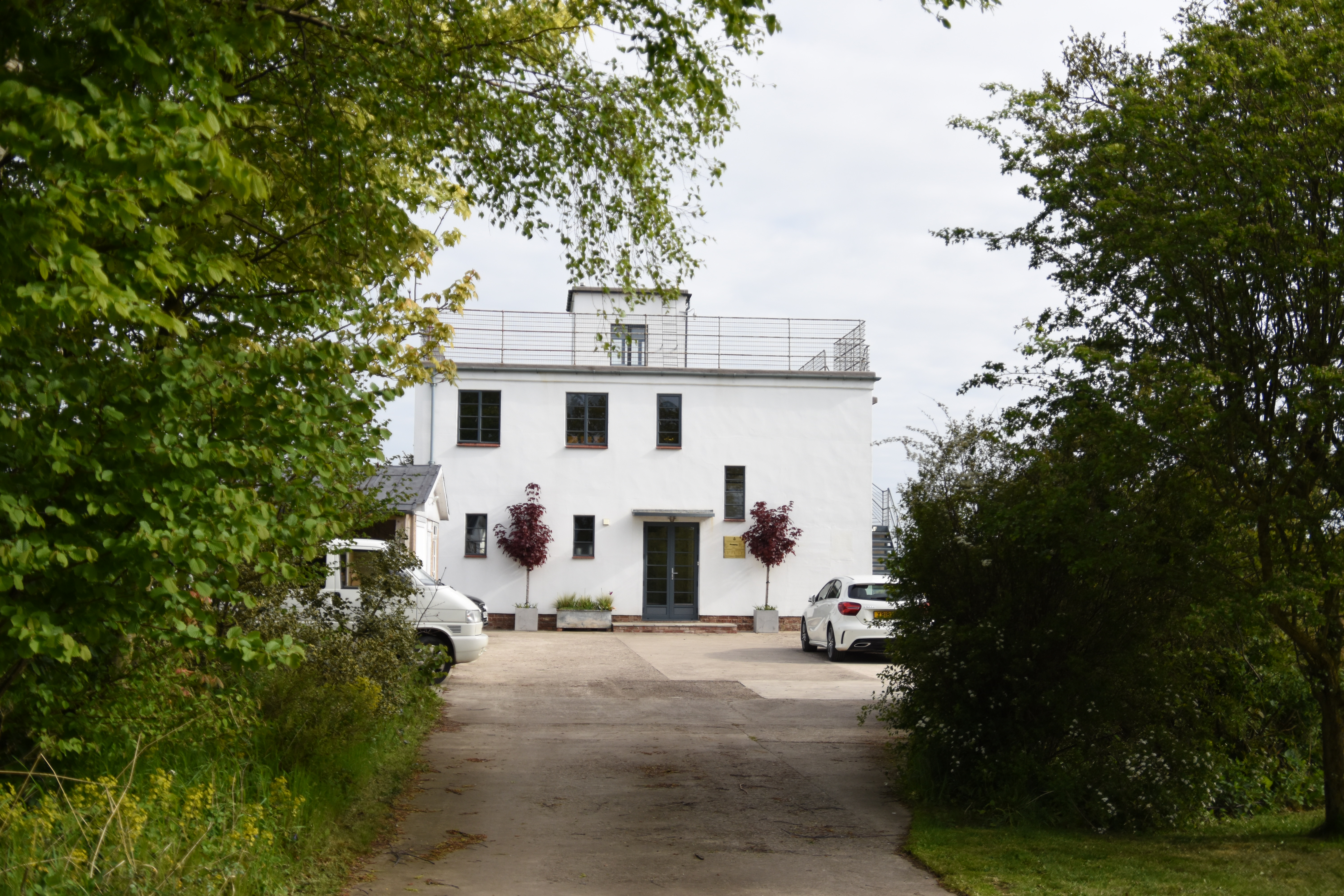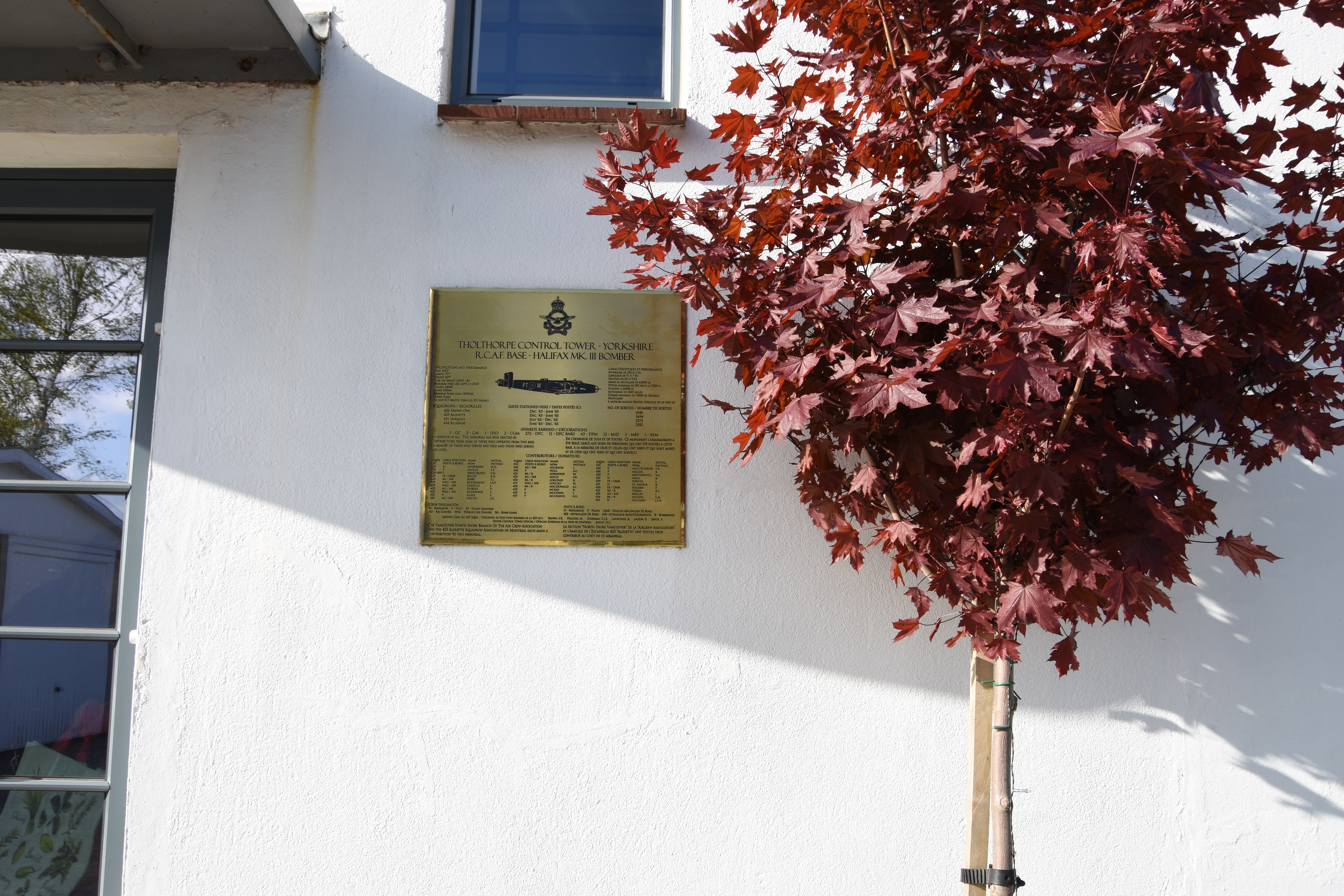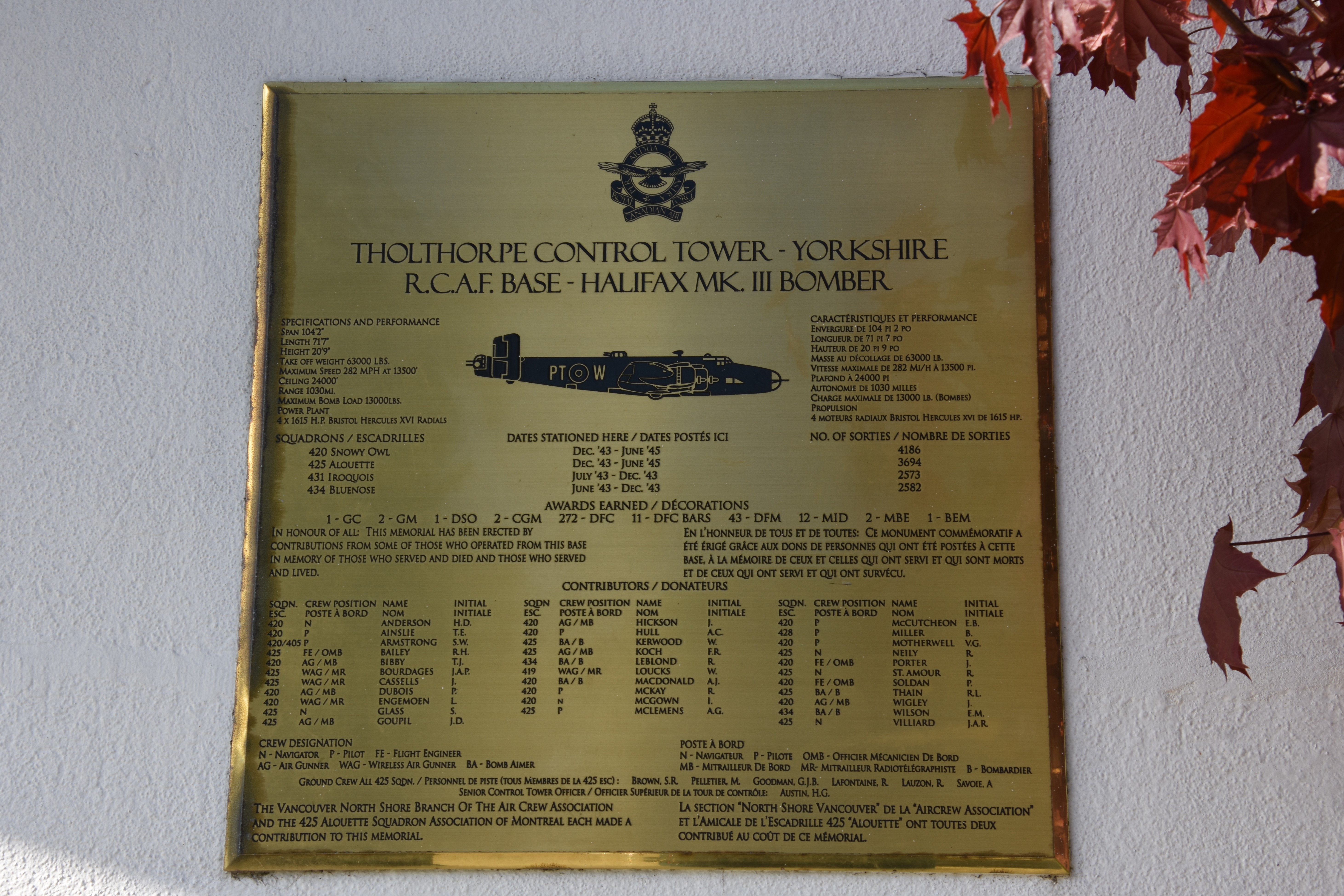Reynolds, Robert Peter
Personal Information
| Rank | F/S |
| Forename(s) | Robert Peter |
| Surname | Reynolds |
| Gender | M |
| Age | 26 |
| Decorations | |
| Date of Death | 22-09-1943 |
| Next of Kin | Son of Peter Percy Reynolds and Nora Claire Reynolds (née Kilcullen), of Montreal, P.Q., Canada. |
Aircraft Information
| Aircraft | Handley Page Halifax V |
| Serial Number | LK909 |
| Markings | IP-G |
Memorial Information
| Burial/Memorial Country | Germany |
| Burial/Memorial Place | Hanover War Cemetery |
| Grave Reference | 8. D. 6. |
| Epitaph |
IBCC Memorial Information
| Phase | 2 |
| Panel Number | 231 |
Enlistment Information
| Service Number | R/135119 |
| Service | Royal Canadian Air Force |
| Group | 6 |
| Squadron | 434 (Bluenose) |
| Trade | Pilot |
| Country of Origin | Canada |
Other Memorials
| Location | Village Green, Tholthorpe, North Yorkshire |
| Country | United Kingdom |
| Memorial Type | Memorial Stone with inscribed Metal Plaque and Maple Tree |
| Memorial Text | A memorial to those Canadians who served at RCAF Tholthorpe during WW2, including 434 Sqn RCAF |
| Location | Former Control Tower, old Tholthorpe airfield site, North Yorkshire |
| Country | United Kingdom |
| Memorial Type | Inscribed Metal Plaque |
| Memorial Text | A memorial to those Canadians who served at RCAF Tholthorpe during WW2, including 434 Sqn RCAF |
Miscellaneous Information
| Robert was born on 28 August 1917 at Montreal. Both parents were born in Montreal where his father worked for CPR as a Building Supervisor. He had a married sister Catherine McGovern and two brothers: Sgt. Frank T., who was overseas and LAC Raymond P. who was at Rockliffe, Ontario, R/224321, both serving in the Canadian Forces. Robert attended St. Dominics Academy, Montreal 1924-1931 (Primary), D’Arcy McGee High School (General) and then Montreal Tech. 1937-1939 for a technical course. His sport interests were baseball and football. He worked at Merchants Awning Co, Montreal as a Rigger during the summers of 1938-1940 and then Canadian Car and Foundry in the aircraft division, as an aircraft fitter during 1940-1941 until enlisting on 9 October 1941. |
| After training he embarked from Canada on 11 December 1942 arriving at 3PRC on 19 December 1942. He then went to 3 (P) AFU. 16 February 1943, 23 OTU 18 May 1943, 1664 CU 14 August 1943 and 434 Squadron on 10 September 1943. Sadly Robert was killed before completing any missions as on 22 September 1943 he was killed on a his ‘2nd Dickey’ flight, when he failed to return from an operation to Hanover. |
Commonwealth War Graves Commission
Fellow Servicemen
Last Operation Information
| Start Date | 22-09-1943 |
| End Date | 23-09-1943 |
| Takeoff Station | Tholthorpe |
| Day/Night Raid | Night (34% moon) |
| Operation | Hanover- the first of four large raids. 711 aircraft, 26 losses (3.7%). Five American B-17s also took part. Visibility was good but strong winds hampered the marking efforts and consequently the bombing by the main force. No local report is available but it is unlikely that significant damage was caused. |
| Reason for Loss | Shot down by a night-fighter flown by Lt. Heinz Bock of 8./NJG 1, flying a Bf 110 from Twente airfield, Netherlands, and crashed at Ströhen, south of Bremen. |
